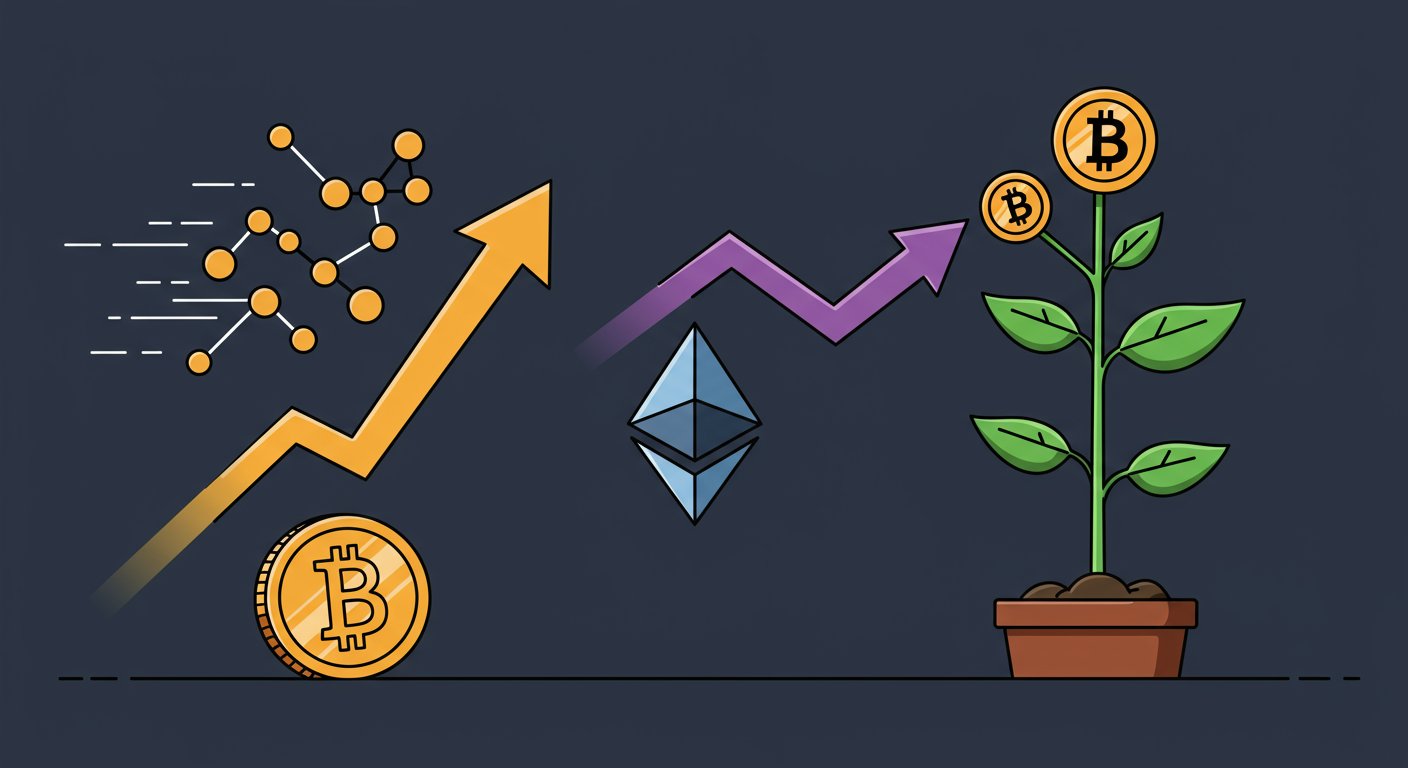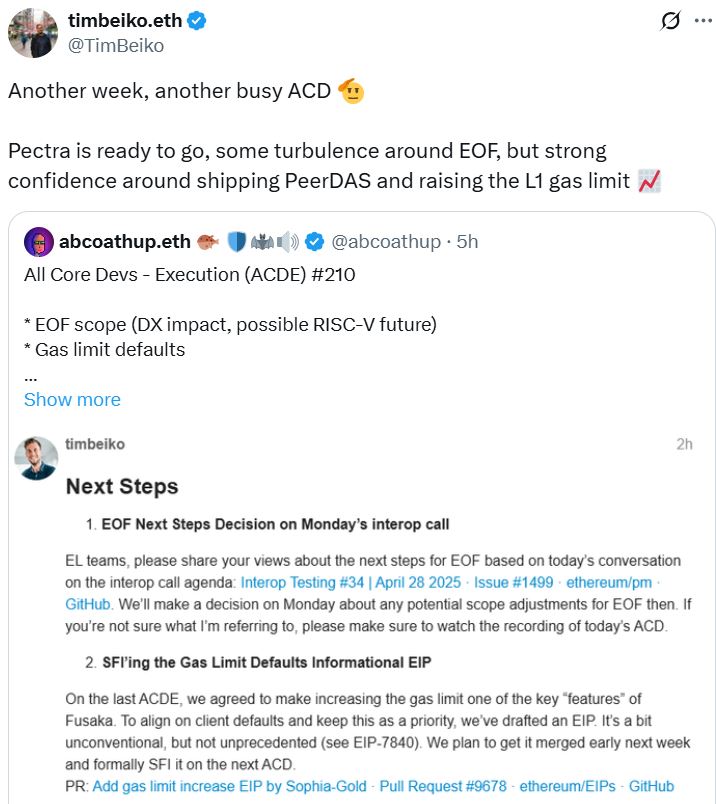
Ethereum‘s Gas Limit Gets a Boost: A Focus on Scalability
In a move that could significantly impact Ethereum‘s scalability, core developers are exploring a fourfold increase in the gas limit for the upcoming Fusaka hard fork. This ambitious proposal, outlined in Ethereum Improvement Proposal (EIP) 9678, aims to push the gas limit to a whopping 150 million, a stark contrast to the current limit of approximately 36 million. The developers see this as a key feature for Fusaka, scheduled for deployment in late 2025.
The rationale behind this dramatic increase centers around the desire to enhance layer 1 scalability. Ethereum‘s execution layer, responsible for processing transactions, has witnessed growing demand as the network gains popularity. This gas limit expansion, while potentially beneficial for throughput, requires careful consideration and planning.

Balancing Efficiency and Stability: The Challenges Ahead
While increasing the gas limit can theoretically boost Ethereum‘s transaction capacity, it comes with inherent challenges. The developers acknowledge the need for thorough testing to identify and address potential bugs that might emerge in clients operating at these elevated gas limits. This could require time from client developers to test and fix any issues that arise.

The developers have also emphasized the importance of coordination between clients and validators, who ultimately determine the gas limit on the network. EIP 9678 aims to align client defaults, ensuring that all clients are prepared for the increased gas limit by the time Fusaka goes live.
Implications for Users and Developers
If implemented, the increased gas limit could lead to several implications for users and developers. For users, it might translate into faster transaction confirmation times and potentially lower transaction fees, though these benefits are contingent upon other factors.
For developers, the higher gas limit opens up new possibilities for building more complex and resource-intensive applications on Ethereum. However, it also necessitates careful planning and optimization to ensure efficient resource utilization and maintain network stability.
A Balancing Act: Finding the Right Gas Limit
Ultimately, the success of this initiative hinges on finding a delicate balance between enhanced scalability and maintaining a stable and secure network. The developers are committed to a thorough evaluation and testing process, acknowledging the potential for unforeseen issues. The community will undoubtedly follow the progress of this EIP closely, as it holds the potential to reshape Ethereum‘s landscape and its ability to scale.
This significant gas limit increase for the Fusaka hard fork represents a bold step towards enhancing Ethereum‘s capabilities. However, it’s crucial to approach this with careful planning and a commitment to ensuring network stability, a balance that will determine the long-term success of this initiative.


